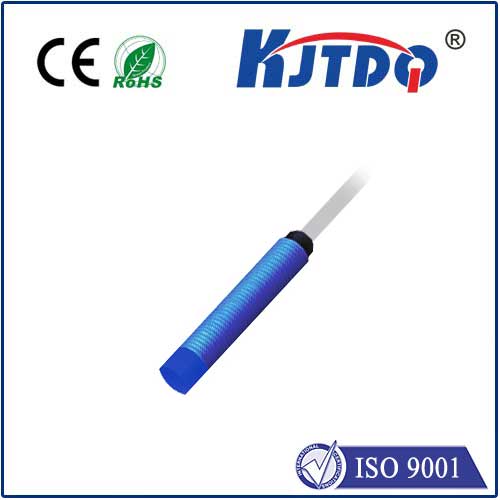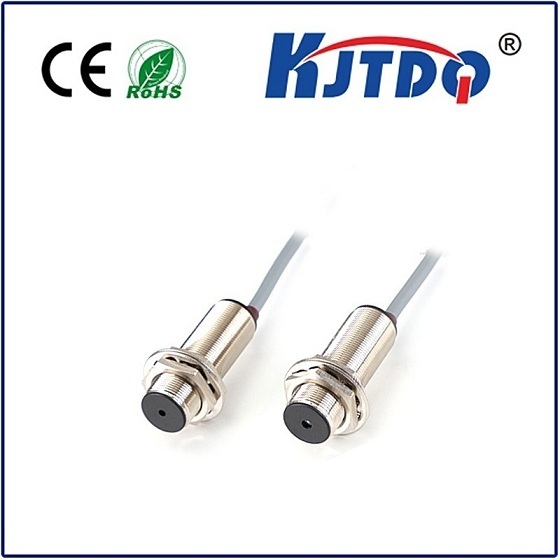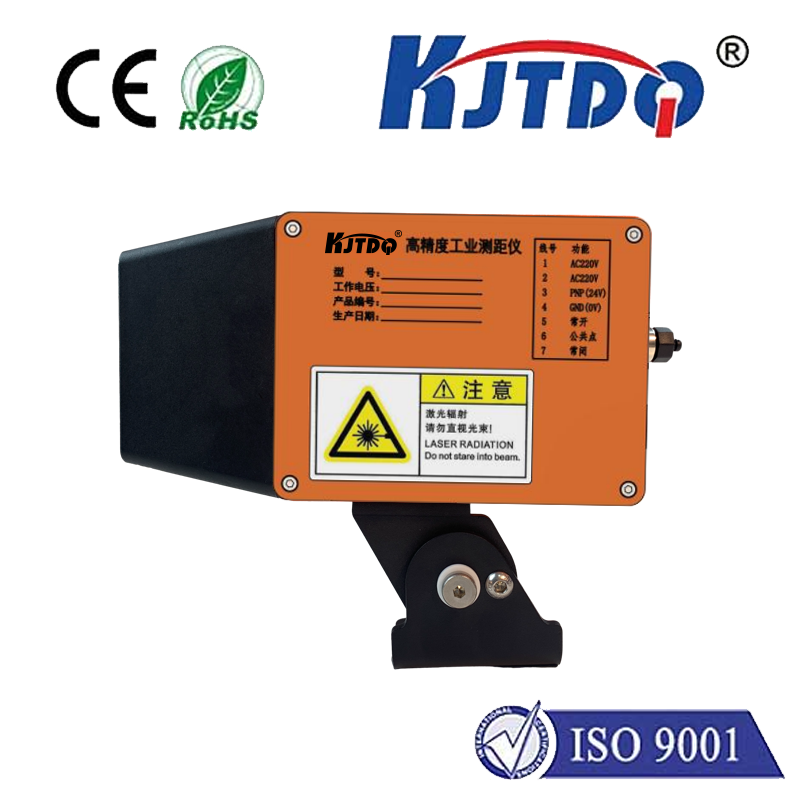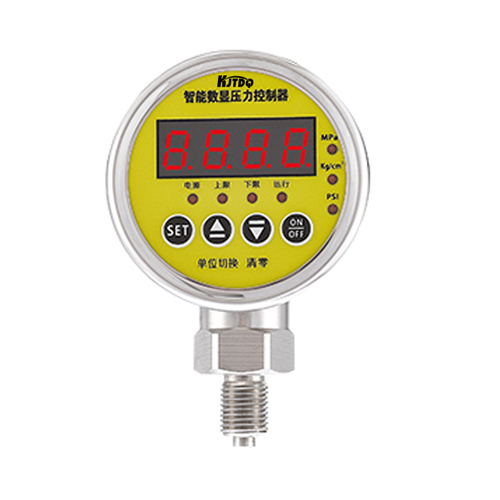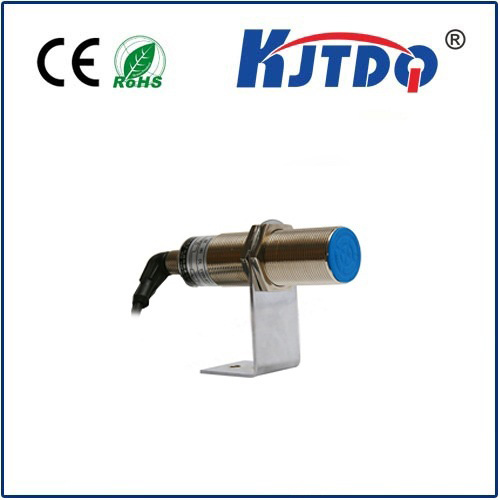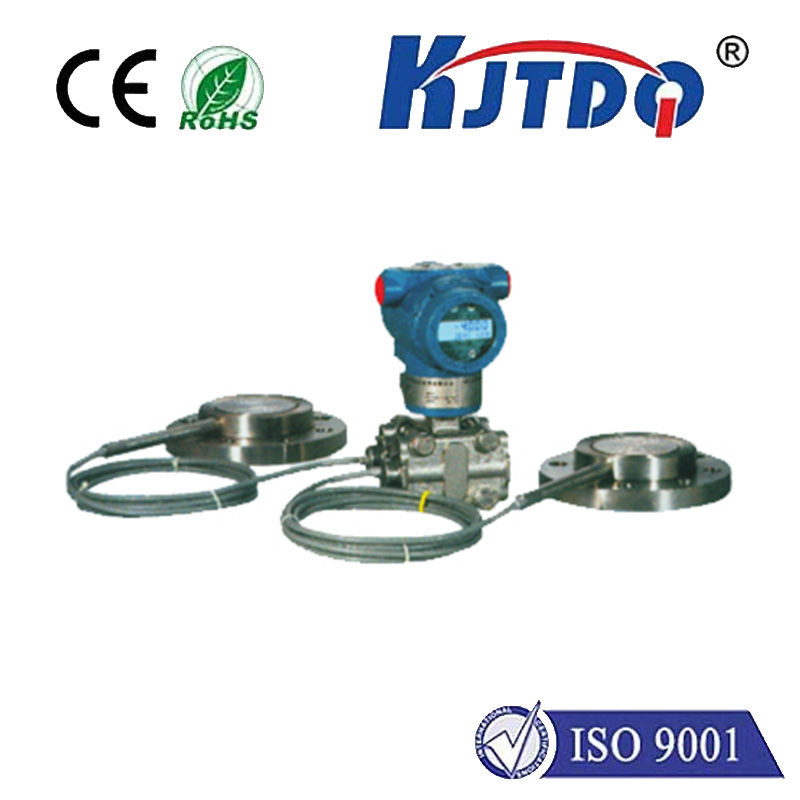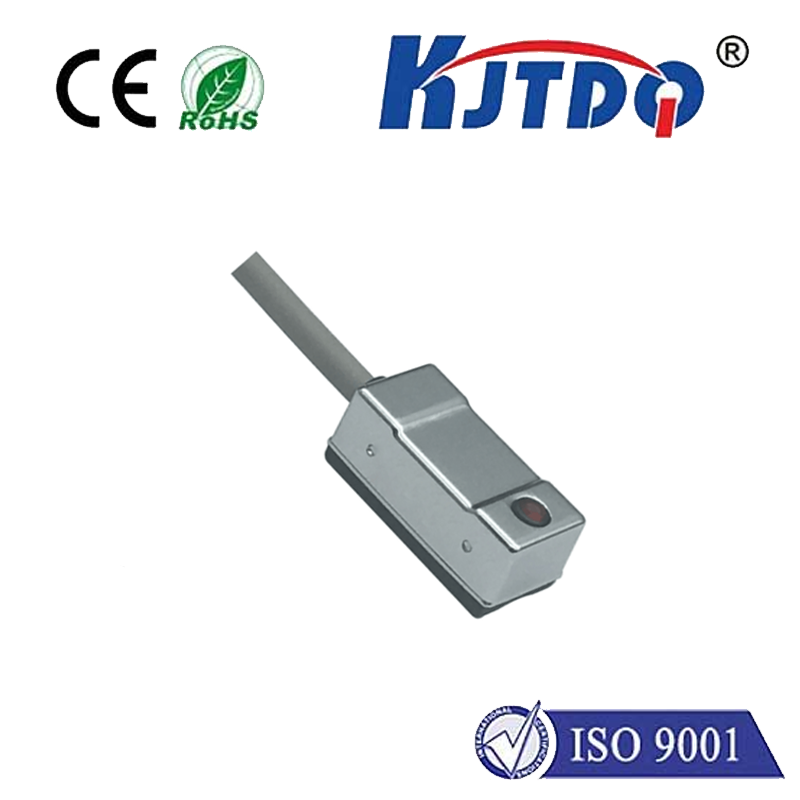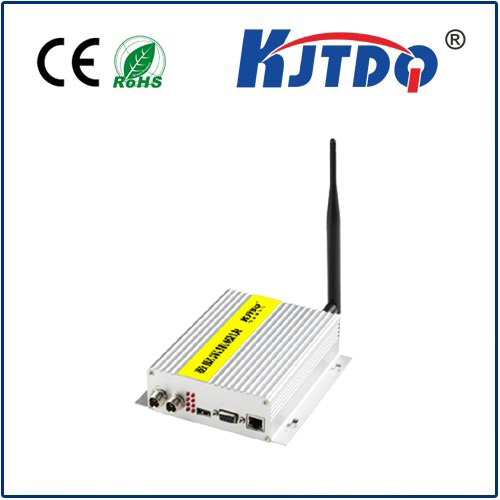датчик приближения вибрации
- time:2025-06-14 02:48:57
- Нажмите:0
The Silent Guardian: How Vibration Proximity Sensors Revolutionize Industrial Safety & Efficiency
Imagine a critical motor on a factory floor. Unseen within its housing, a bearing begins to fail. Wear progresses silently, generating subtle but increasing vibrations. Without detection, the bearing seizes catastrophically, causing unplanned downtime costing thousands per hour, potential collateral damage, and significant repair headaches. This scenario, repeated globally daily, highlights the crucial need for technologies that perceive the unseen state of machinery. Enter the датчик приближения вибрации, a sophisticated sentinel guarding against such costly failures and enhancing operational integrity. Understanding how these sensors detect vibration and translate it into actionable knowledge is key to unlocking predictive maintenance and maximizing asset health.
Beyond Simple Presence: Sensing the Unseen Motion
Vibration proximity sensors belong to a specialized category within the broader proximity sensor family. While standard inductive or capacitive proximity sensors excel at detecting the simple presence or absence of a metallic or non-metallic object within a defined range, vibration sensors delve deeper. Their primary function is to detect and measure physical oscillations – vibration – in machinery, structures, or components. They act as electronic “stethoscopes,” attuned to the mechanical heartbeat of equipment, translating minute physical movements into quantifiable electrical signals.
Core Technology: Deciphering the Vibrational Language
The internal workings of vibration proximity sensors rely on fundamental principles of physics to convert mechanical energy into electrical data:

- The Sensing Element: At the heart lies a transducer. Common types include:
- Piezoelectric Crystals: These generate a minute electrical charge when subjected to mechanical stress (compression or bending caused by vibration). This charge is proportional to the acceleration of the vibration (measured in g’s - gravitational force units). Piezoelectric sensors are highly sensitive and excel at measuring high-frequency vibrations.
- Electromagnetic (Moving Coil / Seismic Mass): A magnet moves relative to a coil (or vice versa) due to vibration, inducing a voltage within the coil according to Faraday’s law of electromagnetic induction. The output voltage is proportional to the velocity of the vibration. These are often termed “velocity sensors”.
- MEMS (Micro-Electro-Mechanical Systems): Tiny silicon-based structures integrate microscopic sensing elements (like capacitive plates where vibration changes capacitance) and signal conditioning electronics onto a single chip. MEMS technology offers compact size, lower cost, high reliability, and good performance for many industrial vibration monitoring applications.
- Signal Conditioning: The raw signal from the transducer is typically weak and noisy. Built-in electronics perform crucial tasks:
- Amplification: Boosting the signal to usable levels.
- Filtering: Removing unwanted noise frequencies (e.g., electrical interference, low-frequency background rumbles) to focus on the relevant vibration spectrum.
- Integration/Differentiation: Some sensors may convert acceleration signals to velocity or displacement internally for specific monitoring needs.
- Output Conditioning: Converting the processed signal into a standard format like an analog voltage (0-5V, 0-10V), analog current (4-20 mA – highly robust for noisy industrial environments), or a digital signal (PWM, serial communication).
Where Vigilance is Paramount: Key Applications
The ability to detect and quantify vibration makes these sensors indispensable across numerous sectors:
- Machine Health Monitoring & Predictive Maintenance (PdM): This is arguably the most significant industrial application. Vibration proximity sensors are fundamental components of Condition-Based Monitoring (CBM) programs. By continuously measuring vibration levels on critical assets like motors, pumps, fans, gearboxes, compressors, and turbines, they provide early warning signs of developing faults:
- Imbalance: Uneven mass distribution causing excessive force.
- Misalignment: Shafts not correctly aligned, leading to unusual forces.
- Bearing Wear/Failure: Increasing vibration as rolling elements degrade.
- Looseness: Parts becoming loose within assemblies.
- Resonance: Operating at a natural frequency amplifying vibration.
- Early detection via vibration analysis allows maintenance to be scheduled proactively, preventing catastrophic failure and costly downtime. Predictive Maintenance saves significantly compared to reactive breakdown repairs.
Structural Health Monitoring (SHM): Monitoring vibrations in bridges, buildings, dams, pipelines, or wind turbine towers to detect structural anomalies, fatigue, or damage caused by events like earthquakes or long-term stress.
Security & Intrusion Detection: Sensing vibrations caused by attempts to cut fences, force doors/windows, or walk on sensitive surfaces like perimeter walls or vault floors. Their ability to discriminate between irrelevant ambient vibrations (wind, traffic) and genuine intrusion attempts is critical.
Industrial Automation & Process Control: Used to confirm vibration in specific processes, like ensuring a vibrating conveyor or feeder is operating correctly, or detecting unusual vibration signatures indicating process deviations or potential equipment jams.
Transportation: Monitoring engine vibrations, wheel bearings (rail or road), or track integrity.
Selecting the Right Sentinel: Key Considerations
Choosing the optimal vibration proximity sensor requires evaluating several parameters:
- Measurement Parameter: What do you need to measure? Acceleration (g) is most common for high-frequency bearing faults. Velocity (mm/s, in/s) is often preferred for overall machine health assessment as it best correlates with vibration severity across mid-frequencies. Displacement (mm, mils peak-to-peak) is typically used for low-frequency monitoring like shaft runout or slow-moving structures.
- Sensitivity: How much vibration needs to be detected? Measured in mV/g (piezo), mV/(mm/s) (velocity), etc. Match sensitivity to the expected vibration levels.
- Frequency Range: What frequencies are relevant for your application? Bearings generate high frequencies (kHz), imbalance/misalignment are lower (tens to hundreds of Hz). Ensure the sensor’s range covers the frequencies of interest.
- Accuracy & Linearity: How faithfully does the output represent actual vibration? Critical for precise measurement.
- Environmental Factors: Consider temperature extremes (affects sensor calibration and lifespan), humidity, potential for corrosive chemicals, and high levels of EMI/RFI interference. Intrinsically safe certifications are mandatory for hazardous areas.
- Mounting: Proper installation is crucial for accurate data. Magnetic mounts offer flexibility, stud mounting provides the best high-frequency response, adhesive pads are non-invasive but have limitations.
- Output Signal: Analog (voltage/current) for direct connection to PLCs/controllers or portable analyzers. Digital outputs (RS-485, Modbus, CAN, IO-Link) integrate easily into modern industrial networks and offer diagnostics. 4-20mA outputs are highly resistant to signal degradation over long cable runs in noisy plants.
- Robustness: Industrial sensors must withstand shock, ingress protection (IP ratings), and continuous operation.
Beyond the Threshold: The Power of Data
While some basic proximity-style vibration sensors merely provide an on/off signal when vibration exceeds a preset threshold (useful for simple alarming), the true power lies in sensors that provide a continuous analog or digital representation of the vibration magnitude and frequency. This quantitative data, when fed into condition monitoring systems, enables sophisticated analysis. Trends can be tracked over time, specific fault frequencies identified, and the degradation process monitored, allowing for highly accurate predictive maintenance scheduling and root cause analysis.
By leveraging the sophisticated capabilities of vibration proximity sensors, industries move beyond simply knowing a machine is running, to understanding how well it is running. This transition from reactive breakdown maintenance to proactive, data-driven care unlocks immense value. Reduced downtime, lower maintenance costs, extended equipment lifespan, enhanced safety through early fault mitigation, and optimized asset performance are the tangible results. In the relentless pursuit of operational excellence and safety, these silent guardians, constantly interpreting the subtle language of vibration, stand as essential contributors to a more efficient, reliable, and secure industrial future.

